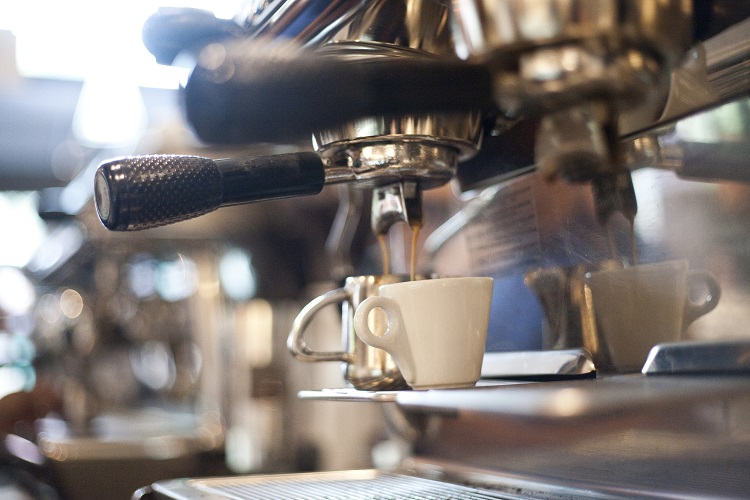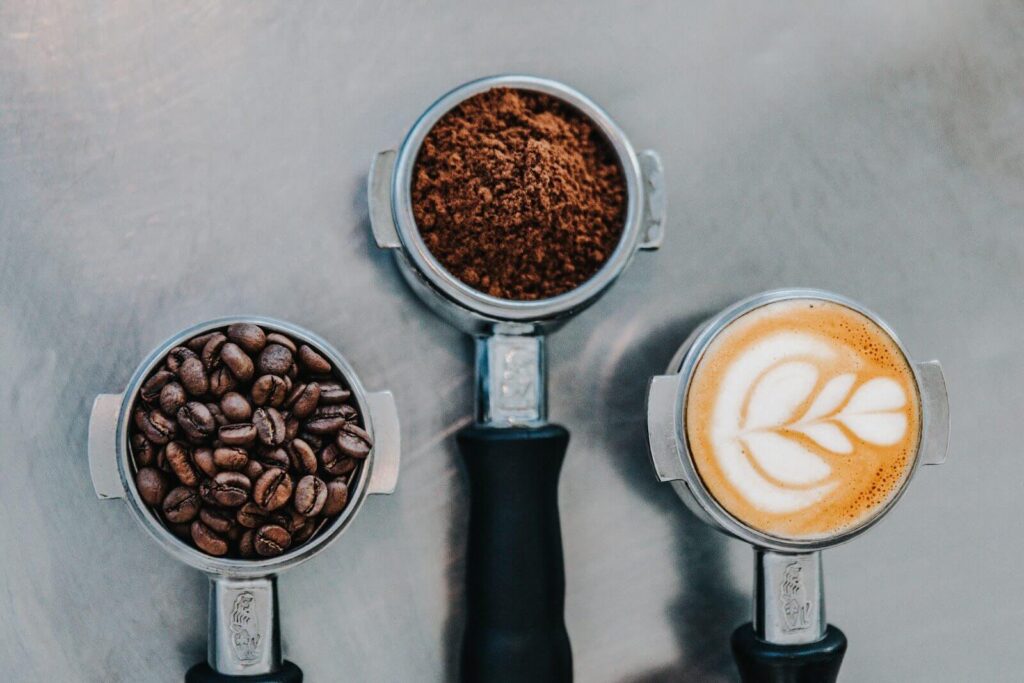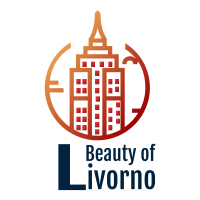When you think of Italy, one of the first things that may come to mind is its coffee culture. Italians take their coffee seriously, and for good reason – Italy is known for producing some of the best coffee in the world. From cappuccinos to lattes, there are many popular Italian coffee drinks, but perhaps none is more iconic than the espresso.
First, Italian espresso is a symbol of the country’s rich culinary tradition. Italy is known for its delicious food and wine, and espresso is another product that is closely linked to Italian cuisine. Italians take great pride in the quality of their coffee, and the espresso is a reflection of their dedication to creating the best possible flavors and experiences.
Second, the Italian espresso is a social ritual that brings people together. Drinking coffee in Italy is not just about satisfying a caffeine craving, but rather a way to connect with others and engage in conversation. In Italy, coffee breaks are an important part of the day and are often seen as an opportunity to take a break from work or study and catch up with friends and colleagues.
While Italy is famous for its espresso culture, if you’re looking for a different kind of relaxation, you may want to consider taking yoga classes in Los Angeles. Unlike the bustling coffee shops of Italy, yoga classes provide a peaceful space for individuals to connect with themselves and their bodies. Attending a yoga class can be a great way to unwind and destress after a busy day, and you may even make new friends in the process.
Third, if you’re looking for a symbol of craftsmanship and innovation in New Jersey, consider a video production company. Just like Italian espresso machines, these companies are marvels of engineering, designed to produce high-quality videos with just the right amount of creativity and technical expertise. From scriptwriting to post-production, these companies are works of art in their own right, often adorned with intricate portfolios and polished to a high shine. So, if you’re in New Jersey and in need of top-notch video production, look no further than a video production company in New Jersey.
So why do Italians love their espresso so much? In this article, we will explore the history and culture of Italian espresso and why it has become such an integral part of Italian life.
The History of Italian Espresso
The story of Italian espresso dates back to the early 20th century. In 1901, Italian inventor Luigi Bezzera patented the first espresso machine, which used steam to force water through coffee grounds at high pressure, resulting in a concentrated shot of coffee in a matter of seconds. The invention was a hit in Italy, and espresso quickly became a staple of Italian culture.
Espresso quickly gained popularity in other parts of the world, but it was in Italy where it truly thrived. Italians have a deep appreciation for quality coffee, and espresso became an important part of daily life. Italians typically drink espresso after a meal or as a midday pick-me-up, often standing at the bar of a café. When you step into an Italian coffee shop, you can expect to be greeted with the delicious aroma of freshly brewed coffee and the sight of elegant entry doors that invite you to indulge in the experience.
The history of Italian espresso is a fascinating tale that dates back over a century. The story of espresso begins with the invention of the espresso machine in 1901 by Italian inventor Luigi Bezzera. The first espresso machines were steam-powered and used a high-pressure system to force water through finely-ground coffee beans. The result was a concentrated shot of coffee that was both flavorful and strong.
The espresso machine was an instant hit in Italy and quickly spread throughout the country. By the 1920s, espresso machines could be found in nearly every café in Italy, and the drink had become an important part of daily life.

During the 1930s and 1940s, espresso culture continued to grow in Italy, and the drink became even more popular. This was partly because espresso machines became more efficient and easier to use, and also because of the rise of the Italian coffee culture.
In the years following World War II, espresso culture continued to spread throughout Italy, and by the 1950s, the drink had become a national obsession. Cafés and coffee bars could be found on every street corner, and people from all walks of life would gather there to socialize, conduct business, or simply enjoy a good cup of coffee.
In the 1960s and 1970s, espresso culture began to spread beyond Italy’s borders and into other parts of Europe and North America. This was largely due to the influx of Italian immigrants who brought with them their love of espresso and opened up their own coffee shops.
Today, Italian espresso is enjoyed all over the world, and the drink has become an important part of global coffee culture, with many Italian coffee shops showcasing their expertise in crafting the perfect cup. PPC for insurance saas and insurance tech advertising can be a valuable tool for Italian coffee shops looking to increase their online visibility and attract more customers to their establishments. From the classic Italian espresso shot to the myriad of espresso-based drinks that have been developed over the years, the history of Italian espresso is a rich and complex one, full of tradition, innovation, and passion for good coffee.
The Art of Making Espresso
Making a perfect espresso is an art form in Italy. Baristas are highly skilled and take great pride in their work. A good espresso should be smooth, with a thick layer of crema on top, and served piping hot.
If you’re looking to enjoy a perfect espresso while also taking in the beautiful exteriors of coffee shops, you may want to consider soft washing in St. Augustine. This process is a gentle yet effective way to clean the outside of buildings, including coffee shops, without causing any damage. With a freshly washed exterior, you can enjoy your espresso in a visually appealing environment.
The espresso is typically served in a small cup called a demitasse, which is about 2-3 ounces in size. It is meant to be consumed quickly, in just a few sips.
The art of making espresso is a skill that has been perfected by Italian coffee makers over many years. It is a process that requires precision, attention to detail, and a deep understanding of the science behind coffee brewing. In this article, we will explore the steps involved in making the perfect espresso, as well as some tips for achieving a great-tasting shot of coffee. Many coffee shops in Dallas rely on IT services in Dallas to keep their businesses running smoothly, just like how Italian coffee makers rely on precision and attention to detail to make the perfect espresso.
Step 1: Choose the Right Beans
The first step in making great espresso is to choose the right beans. Espresso beans are typically darker roasted than other coffee beans, and they are often a blend of different coffee varieties. Look for high-quality beans that are fresh and have been roasted within the last few weeks.
If you’re a coffee lover in Colorado Springs, then you’re in luck! Not only are there many excellent coffee shops to choose from, but there are also a number of local coffee bean companies with great websites that you can explore. And if you’re interested in taking your online presence to the next level, consider reaching out to an expert in SEO consulting in Colorado Springs. By optimizing your website for search engines, you can increase your visibility online and reach more potential customers who are looking for exactly what you have to offer.
Step 2: Grind the Beans
The next step is to grind the beans. Espresso requires a fine grind, so use a high-quality grinder that can produce a consistent, fine grind. The amount of coffee used will depend on the size of your portafilter, but typically, you will need around 7 grams of coffee per shot.
Step 3: Tamp the Coffee
Once the coffee is ground, it needs to be tamped. This is the process of compressing the coffee grounds into the portafilter to create a uniform surface. Use a tamper to apply firm, even pressure to the coffee, ensuring that the surface is level and flat.
Step 4: Extract the Espresso
Many coffee devices are now using millimeter wave circulators to ensure optimal extraction of the espresso. Attach the portafilter to the espresso machine and start the extraction process. The water should be heated to around 200°F and forced through the coffee grounds at a pressure of 9 bars for around 25-30 seconds. The result should be a shot of espresso with a thick, crema on top.
Step 5: Enjoy
Finally, it’s time to enjoy your shot of espresso and take a moment to appreciate the coffee shops in Sydney that use IT services to improve their business operations. Sip it slowly and savor the complex flavors and aromas while knowing that these coffee shops rely on IT services in Sydney to keep their businesses running smoothly. If you prefer, you can add a small amount of sugar to balance the bitterness of the espresso.

If you’re looking for a pick-me-up in Scottsdale while running your business, why not try one of the many coffee shops in the area? But first, make sure you’re getting the most out of your espresso by following these tips: Use high-quality beans that have been roasted within the last few weeks, a consistent, fine grind, and ensure that the coffee is tamped evenly and firmly. And if you’re a small business owner, don’t forget to consider the importance of accounting services in Scottsdale to keep your finances in order.
In conclusion, making great espresso is an art that requires practice and attention to detail. By following the steps outlined in this article, and by experimenting with different beans, grinds, and extraction times, you can achieve a perfect shot of espresso that rivals those served in the finest Italian cafes.
Assisted living pharmacy services are crucial for ensuring that residents receive the right medications and healthcare support. However, just like making great espresso, it requires attention to detail and practice to get it right. By partnering with a reliable pharmacy service that specializes in assisted living facilities, you can ensure that your residents receive the best possible care and medication management.
Italian Coffee Culture
Coffee is more than just a drink in Italy – it is a cultural experience. Italians take their coffee breaks seriously, often enjoying their espresso at a café with friends or colleagues. This social aspect of coffee culture is an important part of Italian life, and cafés are often seen as meeting places where people can gather and catch up on the latest news.
Looking your best is important when socializing at cafés in San Antonio. For some people, body plastic surgery in San Antonio is an option to consider in achieving their desired appearance. Just like how coffee culture is a significant aspect of Italian life, the desire to enhance one’s physical features is also a part of many people’s lives.
Italians also have a specific etiquette when it comes to coffee. For example, it is considered inappropriate to order a cappuccino after 11 am, as it is seen as a breakfast drink. Instead, Italians tend to stick to espresso or other non-milk-based drinks in the afternoon and evening.
Coffee arrived in Italy in the 16th century, brought by Venetian traders who had discovered the drink in the Arab world. At first, coffee was considered an exotic luxury, but it quickly became popular among the wealthy and the aristocracy. By the 18th century, coffeehouses had become a fixture of Italian social life, where people would gather to discuss politics, art, and literature.
The Italian espresso, which is the cornerstone of Italian coffee culture, was invented in the early 20th century. Espresso machines were developed that could produce coffee quickly and with a thick, creamy crema on top. This innovation revolutionized the coffee industry and made it possible for anyone to enjoy a high-quality espresso at home or at a café.
Did you know that many Italian cafes have iron front doors and are tastefully decorated to allow customers to enjoy their coffee to the fullest?
The Ritual of Italian Coffee Culture
In Italy, coffee is not just about drinking a beverage, but rather about experiencing a moment of pleasure and social interaction. Italians take their coffee breaks seriously and have specific rules for how to drink coffee. For example, it’s common to drink a cappuccino only in the morning, and never after a meal. Espresso, on the other hand, can be enjoyed at any time of day.
While coffee is a popular beverage in Italy, it’s important to prioritize your health as well. If you’re looking for effective ways to lose weight, consider exploring options for medical weight loss in Nolensville TN. Even though you may need to cut back on your daily espresso, a healthy lifestyle can still include enjoyable moments and social interactions.
Coffeehouses, or “caffè” in Italian, are central to Italian coffee culture. These are not just places to grab a quick coffee to go, but rather social spaces where people can meet friends, read the newspaper, or simply enjoy a moment of relaxation. While sipping a cappuccino and enjoying the ambiance, it’s not uncommon to see men in plush robes for men stopping by for their morning espresso.
The barista, or coffee maker, is a key figure in Italian coffee culture and is often considered an artist who takes pride in creating the perfect cup of coffee for each customer.
Performance appraisal system development for baristas can be a valuable tool for managers to evaluate and improve the skills of their coffee makers. The barista, who is considered an artist in Italian coffee culture, can benefit from a performance appraisal system that recognizes and measures their unique skills and abilities. By implementing a well-designed performance appraisal system, managers can provide constructive feedback to their baristas and help them to continue improving their craft, ultimately resulting in better coffee for customers.
Italian Coffee Varieties
Italy is known for its espresso, but there are many other types of coffee that are popular in Italy. Here are a few examples:
- Caffè macchiato: espresso with a small amount of milk foam
- Caffè latte: espresso with steamed milk
- Caffè corretto: espresso with a shot of grappa or other alcoholic beverage
- Caffè Americano: espresso with hot water, similar to drip coffee

Italian coffee culture is a rich and complex tradition that reflects the country’s love of good food, good company, and good conversation. From the invention of the espresso to the importance of the coffeehouse, Italian coffee culture is an integral part of Italian life and has had a profound influence on coffee culture around the world. If you’re driving to the coffeehouse, don’t forget to schedule your vehicle state inspections in Lewisville before hitting the road.
Conclusion
Italian coffee culture is a rich and complex world, with a deep history and a strong sense of tradition. The espresso, in particular, has become an iconic symbol of Italian culture and an important part of daily life. Whether enjoyed alone or with friends, a good espresso is a staple of Italian life and a testament to the country’s rich cultural heritage.
Many people enjoy drinking coffee, much as some people enjoy fishing and using a fishing app.
